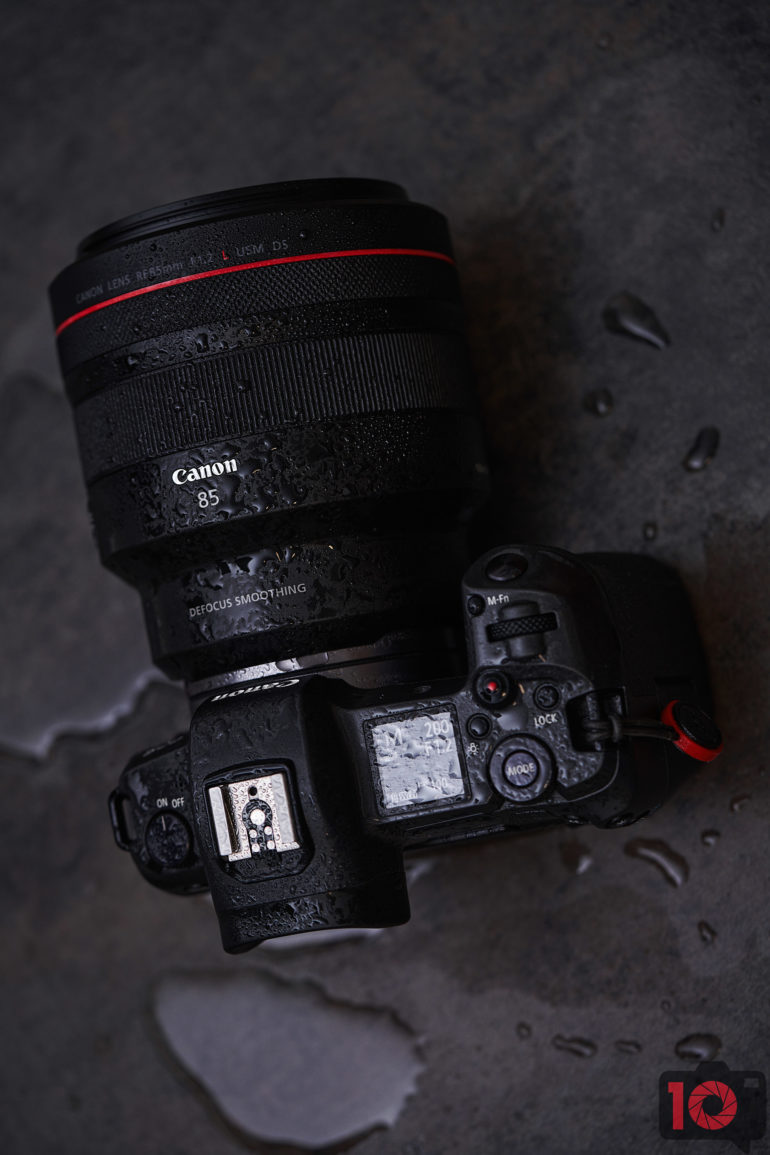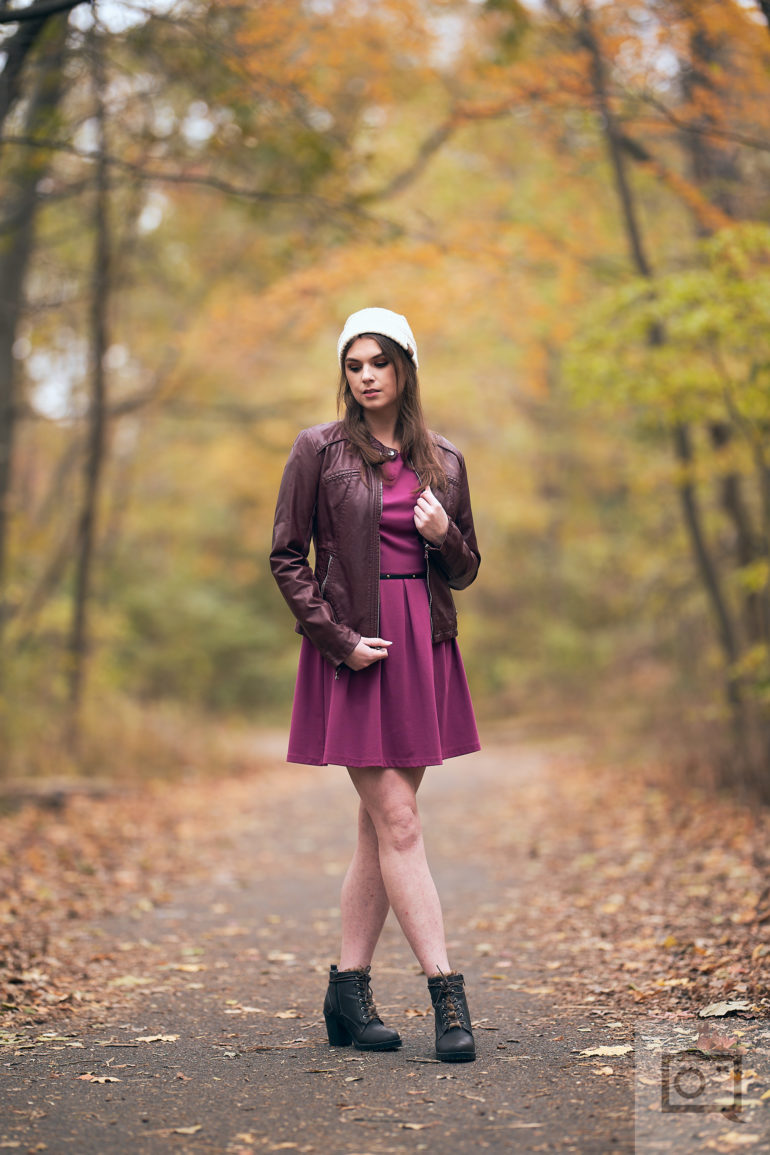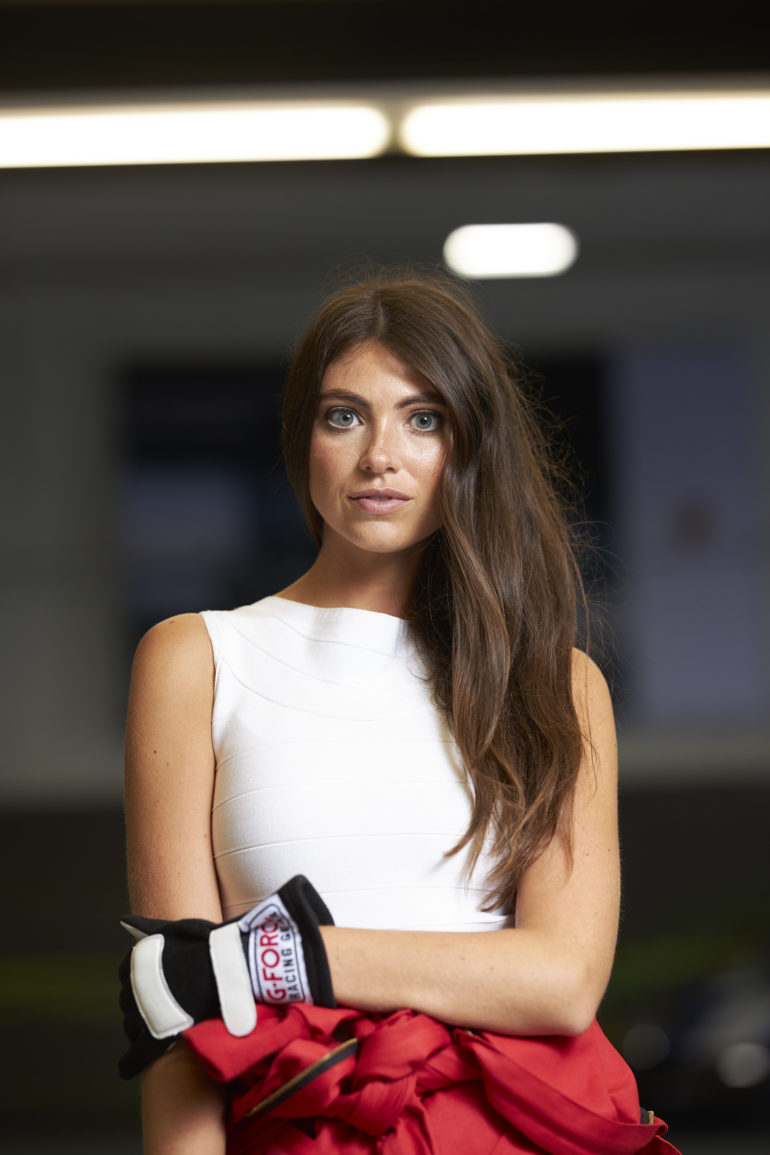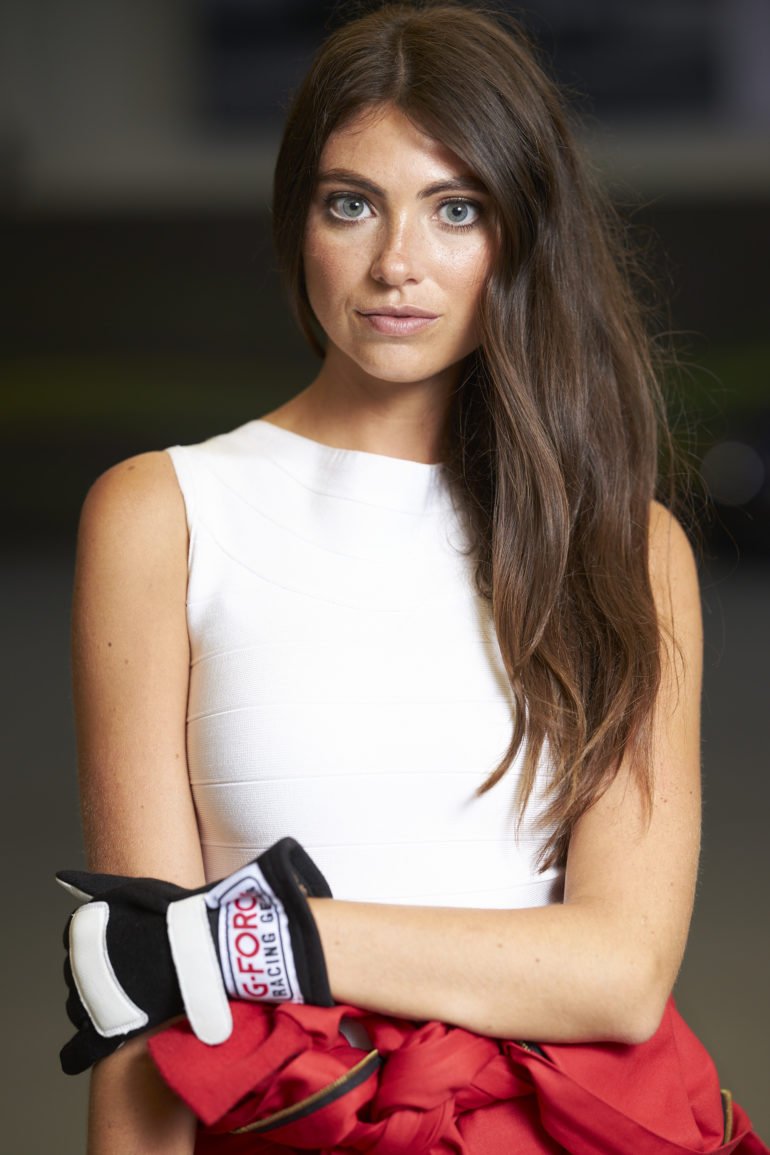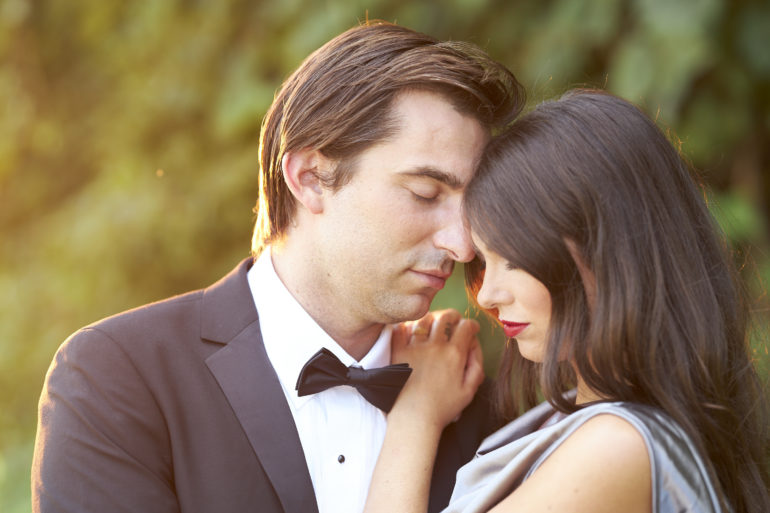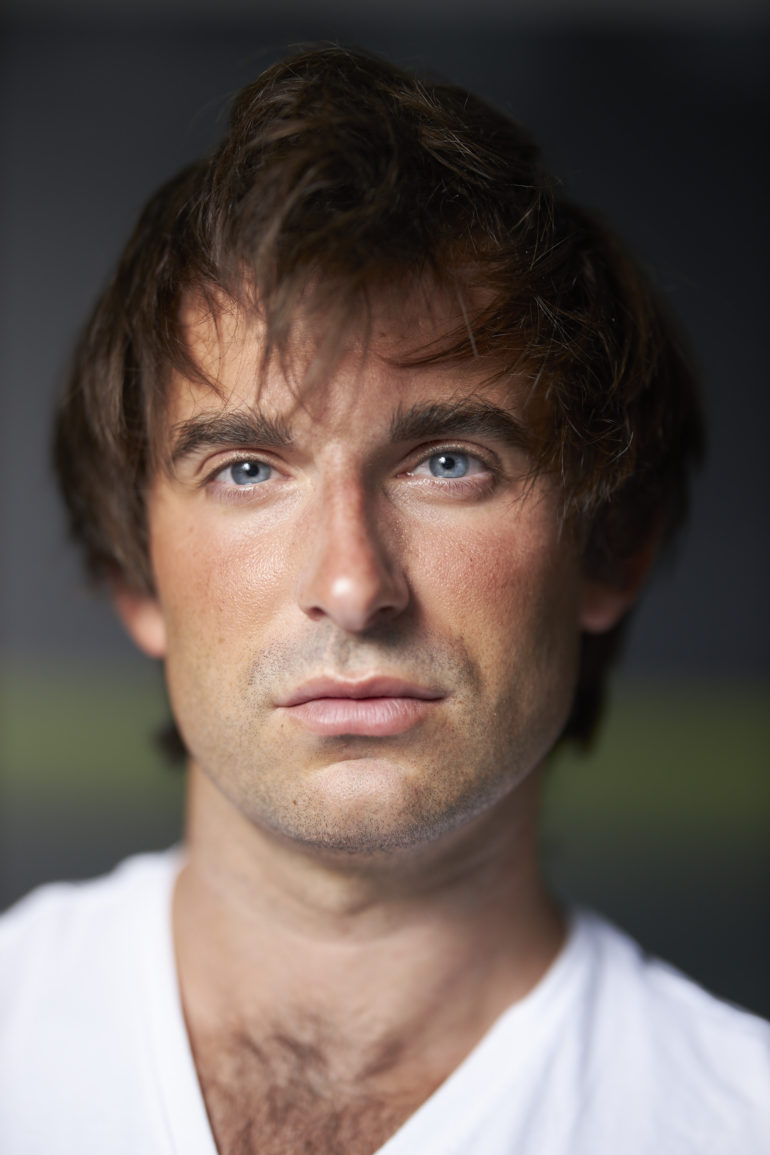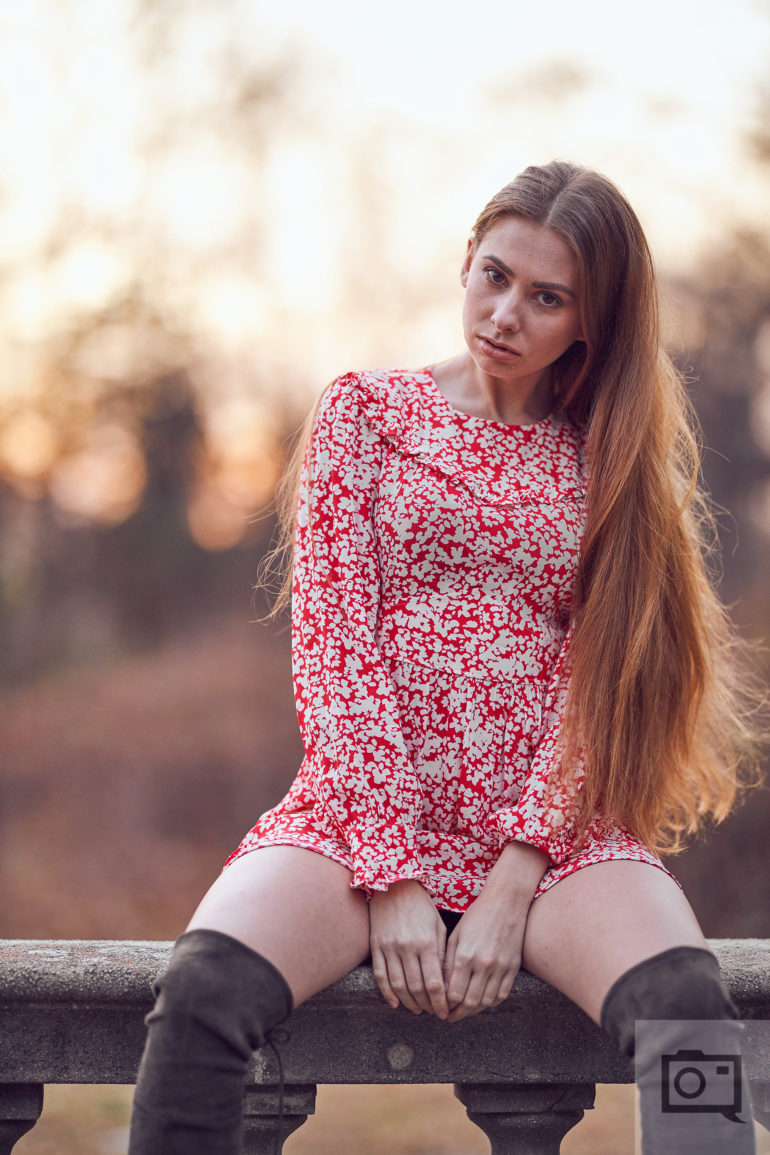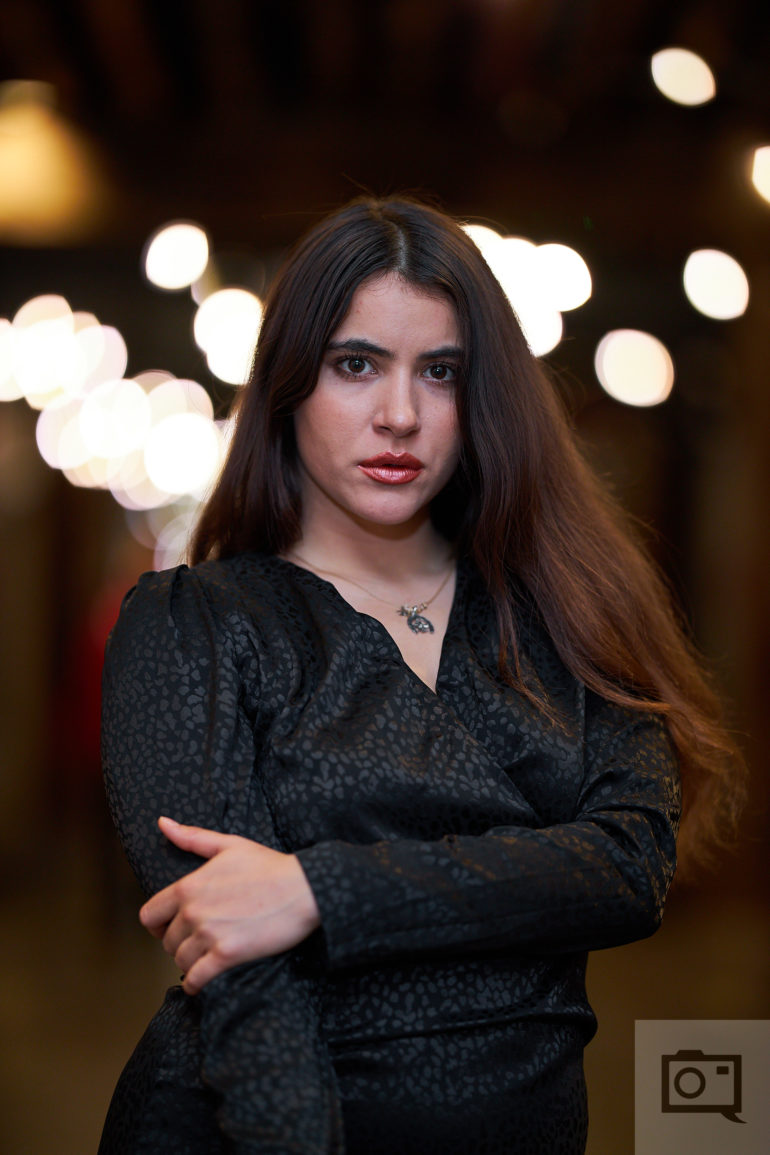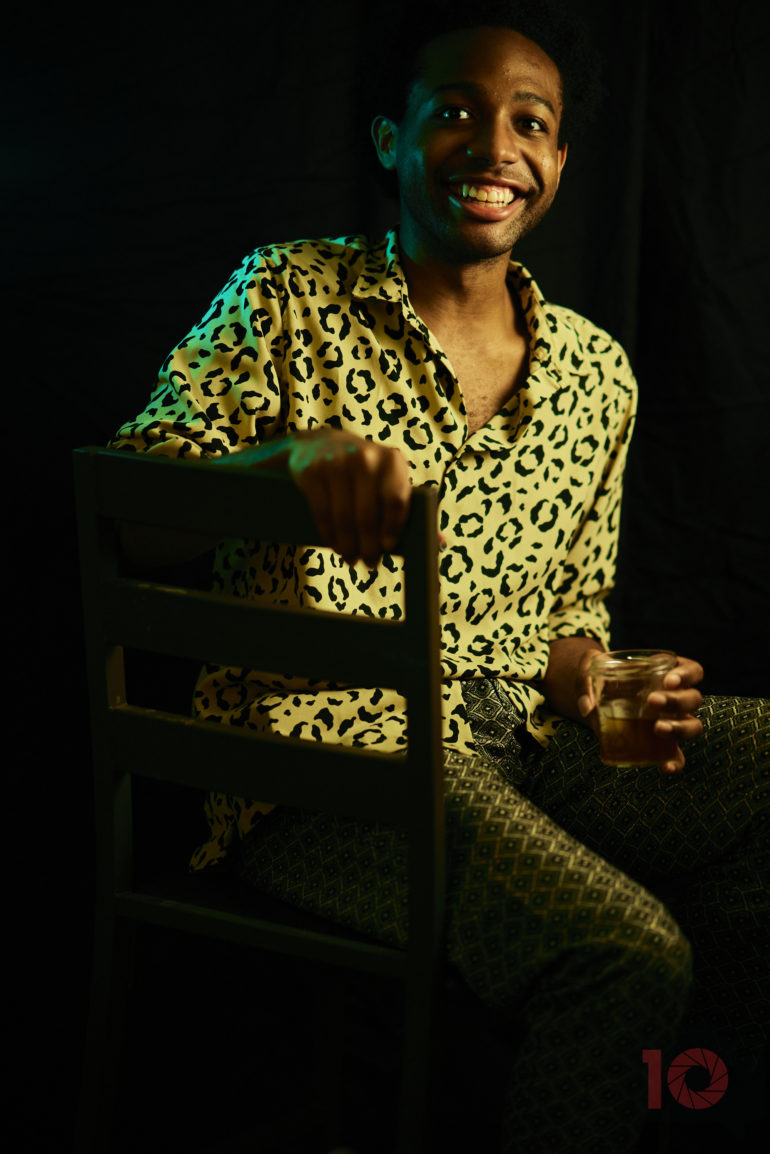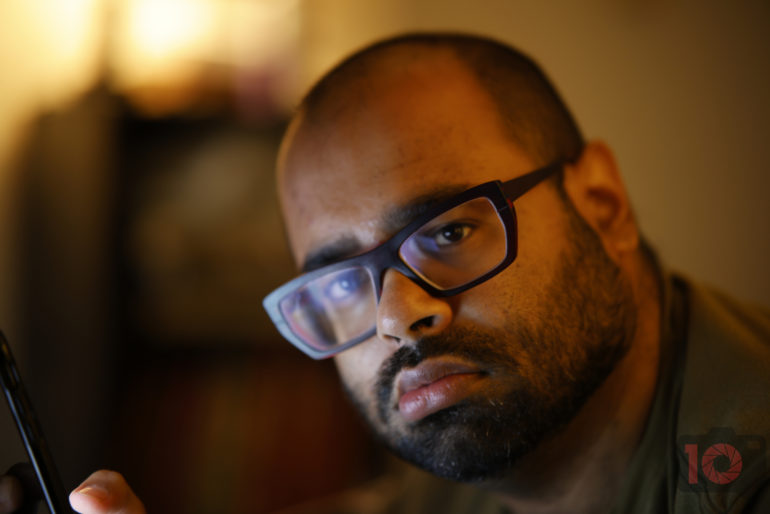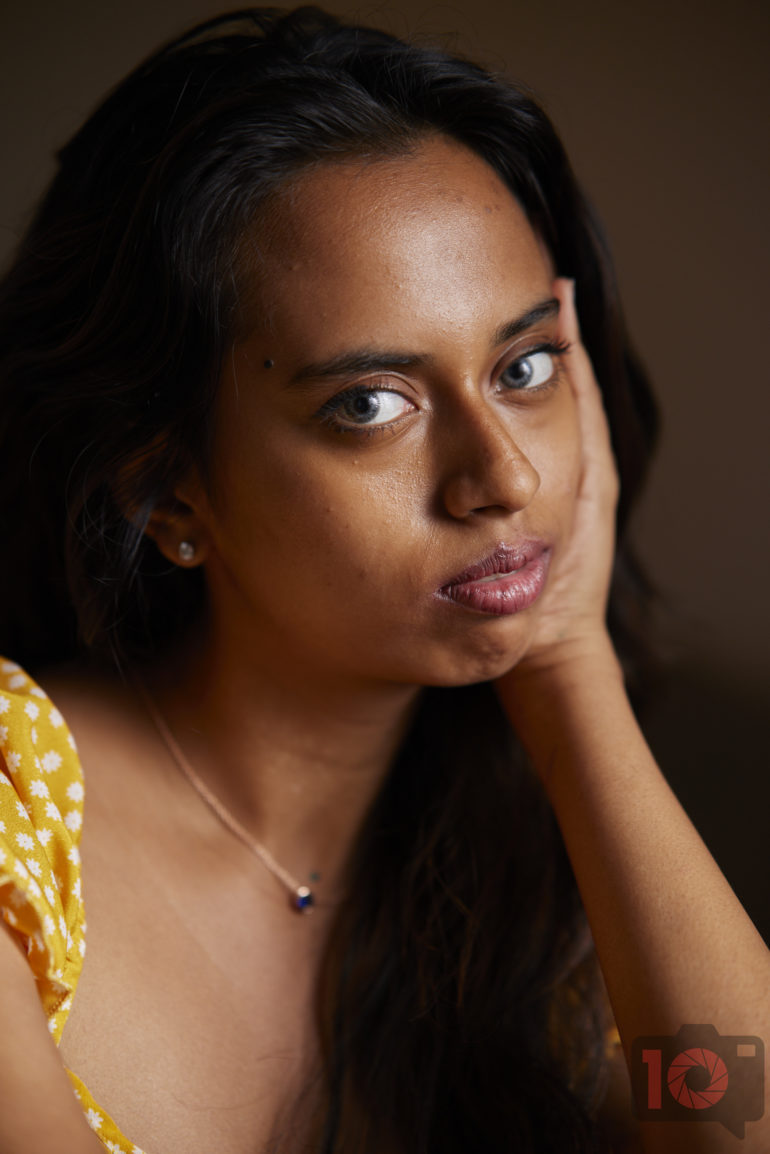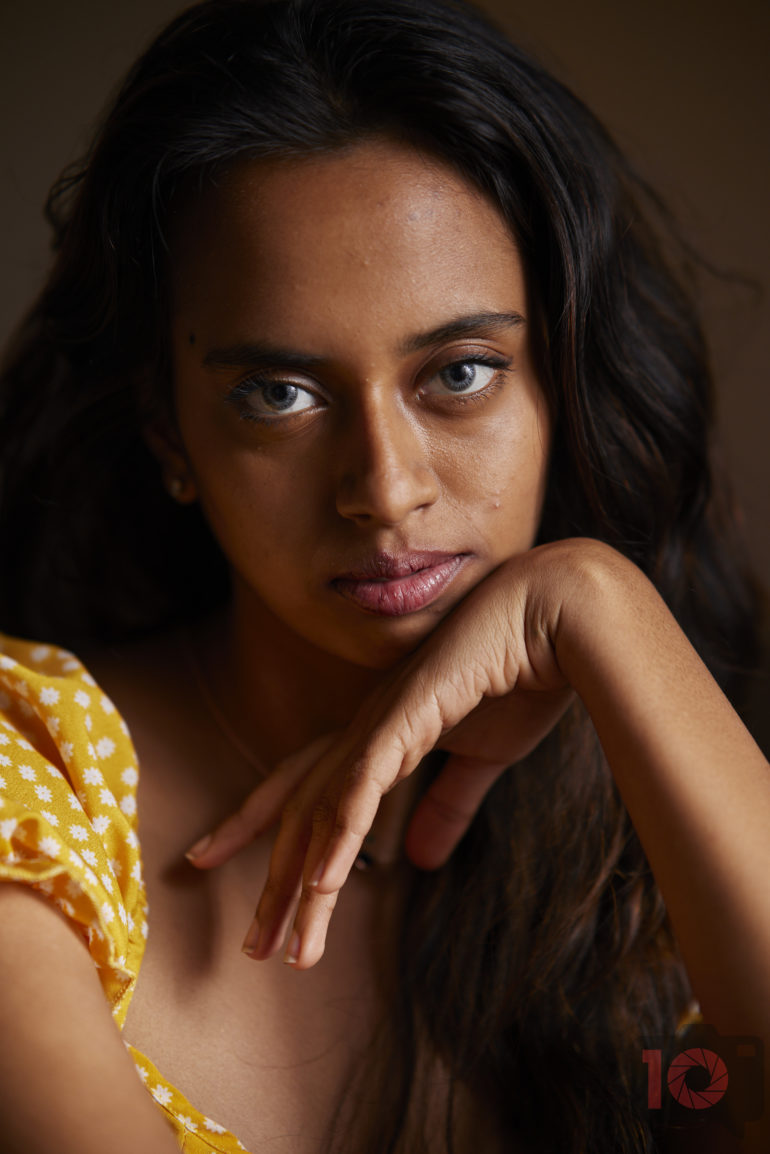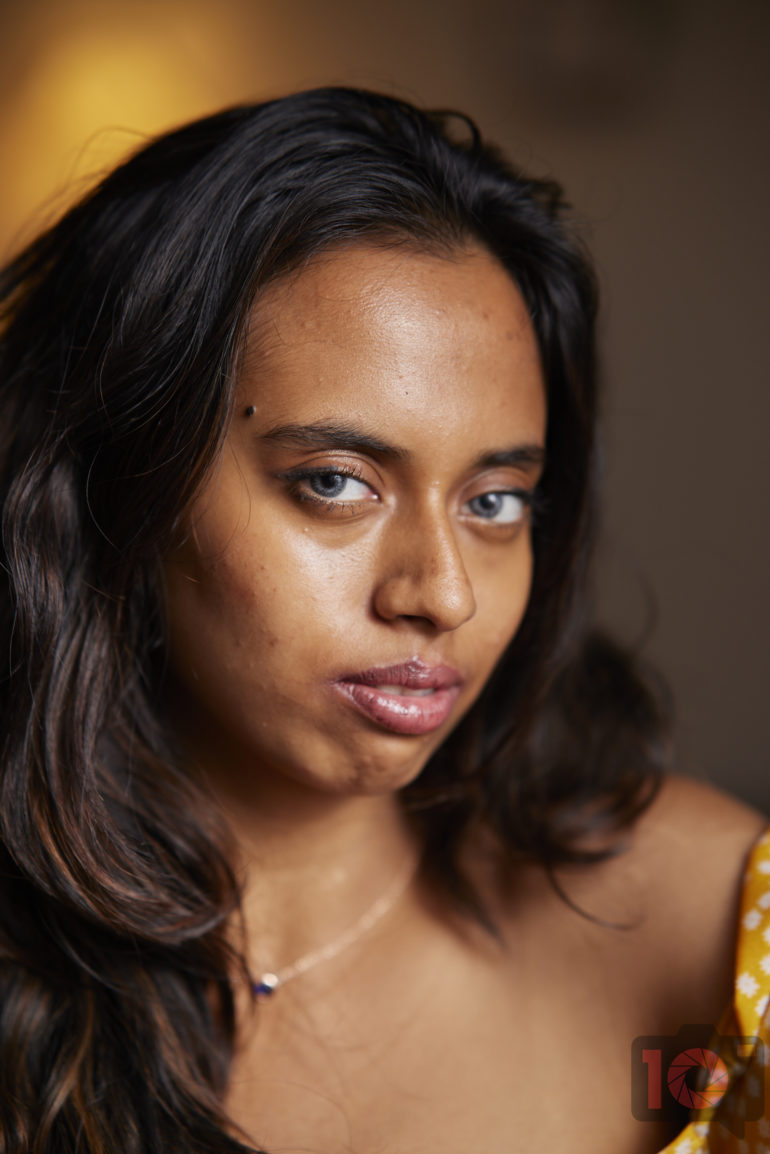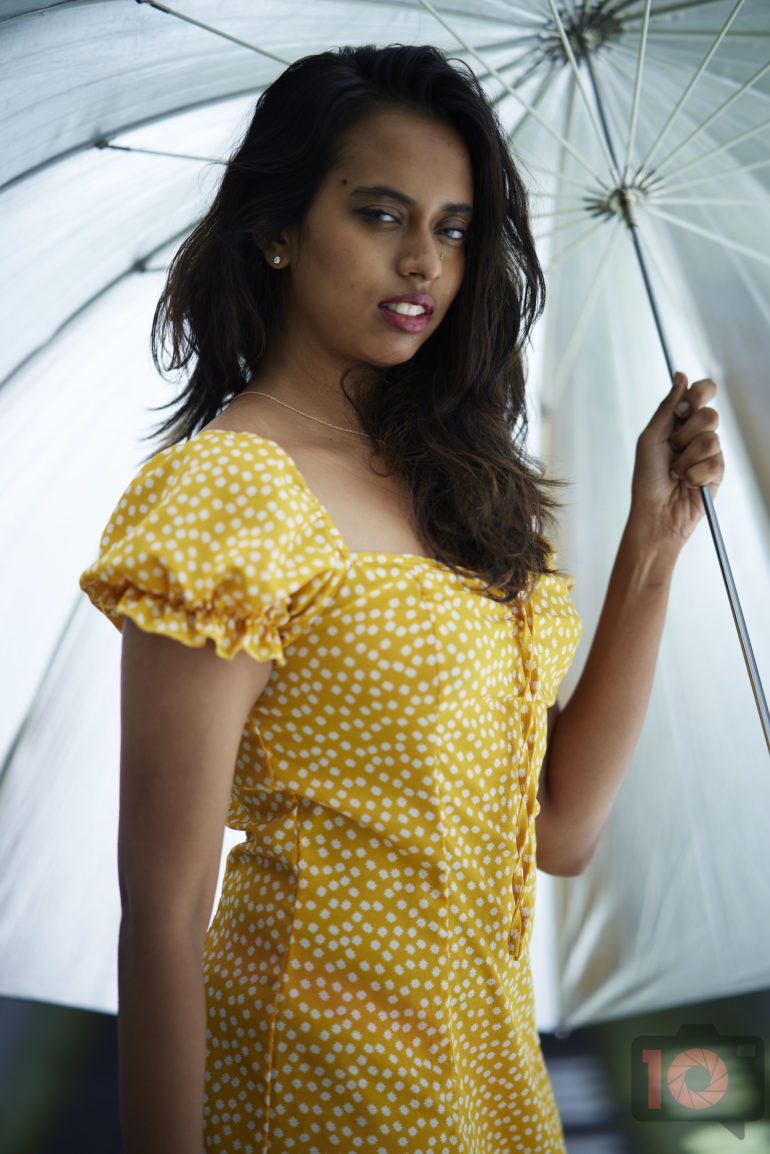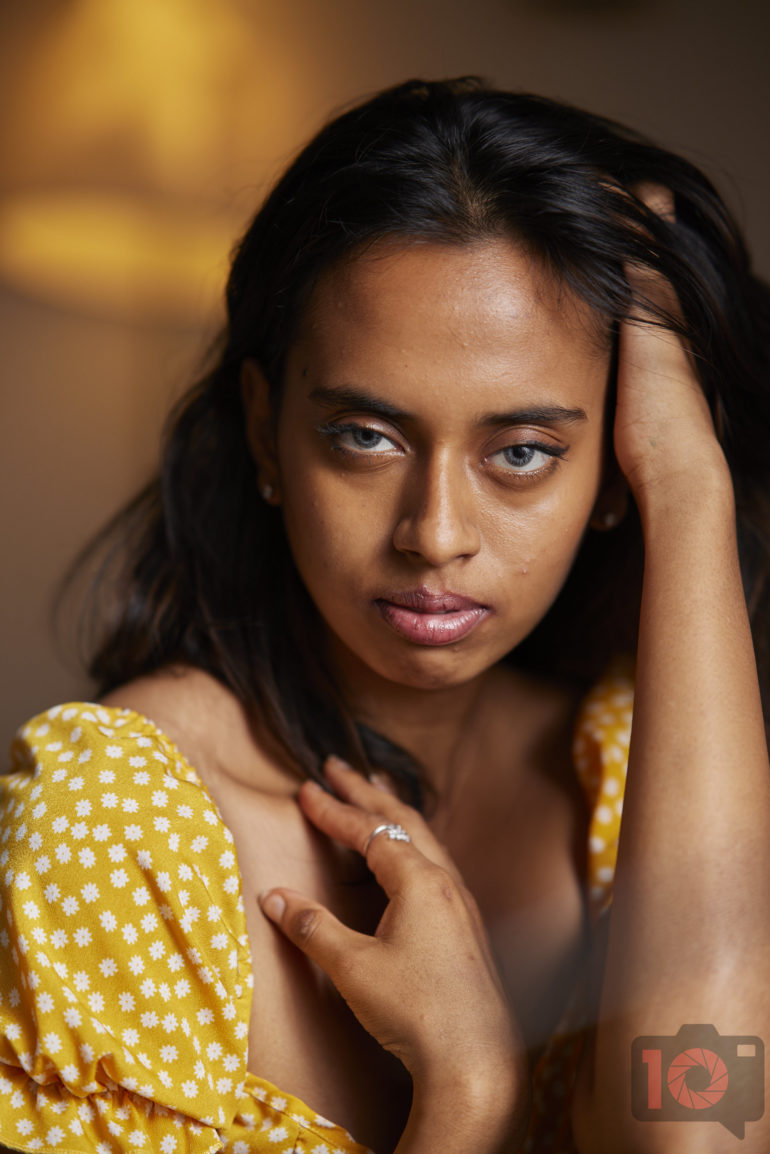For more posts like this, please subscribe to The Phoblographer.
I’ll preface this article with saying that we didn’t do a head-to-head comparison test of the two lenses. But we’ve done our own original reviews of the two lenses and they’re both very good. Each one has something different going on with it. They’re also very different prices. I believe most people won’t be able to tell the differences between one 85mm lens vs the other. So we’re going to report on our findings based on our tests of both lenses. The Samyang 85mm f1.4 RF is a great lens. But the Canon RF 85mm f1.2 L is obviously Canon’s best of the best. So which is better? Are you ready?
Table of Contents
Ergonomics
The Canon lens is bigger and chunkier. It’s also much heavier. Depending on what camera you own, it will also be easier to use. Canon RF cameras that don’t have three exposure dials will let you use the one on the lens. The Samyang lens doesn’t have that.
The outside of the Samyang lens uses a metal exterior, which I prefer honestly. I think metal exteriors are much better for the environment. Canon uses plastic, but it’s a high-quality feeling plastic. Look at that sheen in the photo above. Isn’t it lovely? The Samyang lens is also much lighter than Canon’s, but that’s kind of obvious.
Build Quality
Both lenses are weather sealed. Well, at least they say that. Canon is actually, really, genuinely weather sealed. Samyang, from the diagrams, doesn’t seem to be totally weather sealed. However, Samyang just feels nice in the hand because of the metal build quality. At the end of the rainy day though, I’d rely much more on the Canon lens than I would the Samyang. Just remember also that mounting the Canon RF 85mm f1.2 L USM to your camera is like putting a brick on your EOS R5.
Autofocus
Both Canon and Samyang are very good here. I’m starting to believe that we need to go back and update our Canon RF 85mm f1.2 L review. Rereading what we wrote in the autofocus section no longer seems to make sense to me: it’s in contrast with my own findings. The Canon RF 85mm f1.2 L is super fast to focus and always very accurate with the Canon EOS R5. And it’s no slouch with the Canon EOS R as well. As time has gone on, I’ve honestly trusted Canon’s system more than I trust Sony’s sometimes.
With all this said, Samyang also does a pretty solid job. In real-life use, I actually think there’s a negligible difference when it comes to autofocus. Both are good. And for portraits, both are going to get the job done.
Image Quality
Here’s where things becomedifferent. Both lenses have a character and a look going on that I love. Obviously, the bokeh is smoother and creamier with an f1.2 lens than it is with an f1.4. But the Samyang is no slouch, and in a blind test, I don’t think anyone would tell the difference. Samyang has its own colors, and Canon’s colors are also very bold. Here are some samples below.
As an FYI, we tested the Samyang during the pandemic, which made it very tough to work with models.
Canon RF 85mm f1.2 L
Samyang 85mm f1.4
Which One? Canon RF 85mm f1.2 L or Samyang 85mm f1.4?
Truthfully, they both do a good job. If you’re on a budget, go Samyang. Check out our review. Sometimes it’s better to have a lens rather than no lens at all. If you can afford the Canon L lens, go buy the Canon L lens and know that you’ll have a heavy lens to work with. Go check out our review of the Canon RF 85mm f1.2 L USM. And also consider the price difference. The Samyang is around $649 and the Canon is well over $2,000 at the moment of publishing.
What would I personally choose? Neither. Canon’s image quality is wonderful, but the lens is too heavy for me. The Samyang is great, but I’ve had autofocus issues with Samyang lenses in the past. Plus, I often shoot in the rain. I’m holding out for a Canon RF 85mm f1.4 L lens with full weather sealing that isn’t a mammoth.



